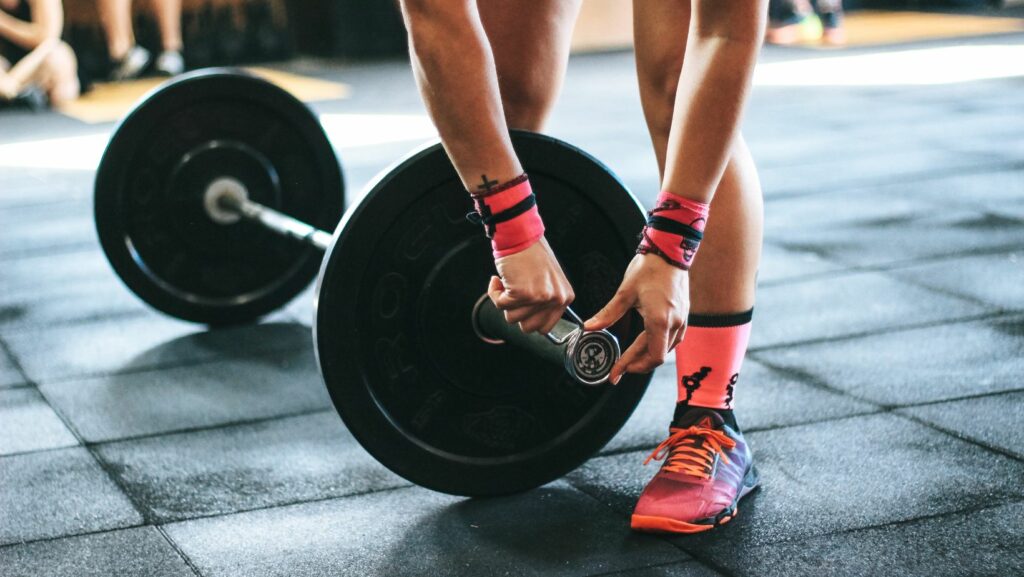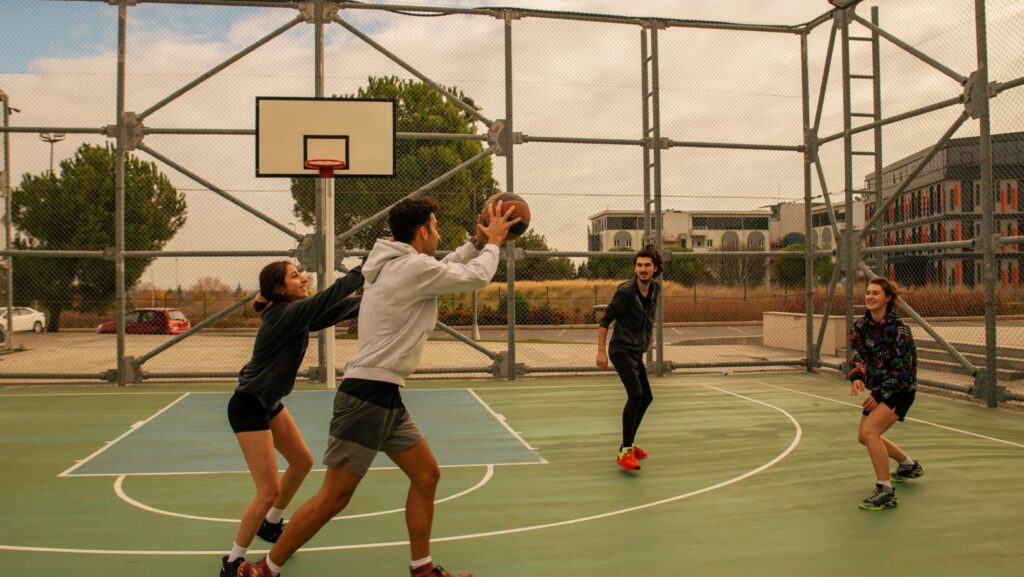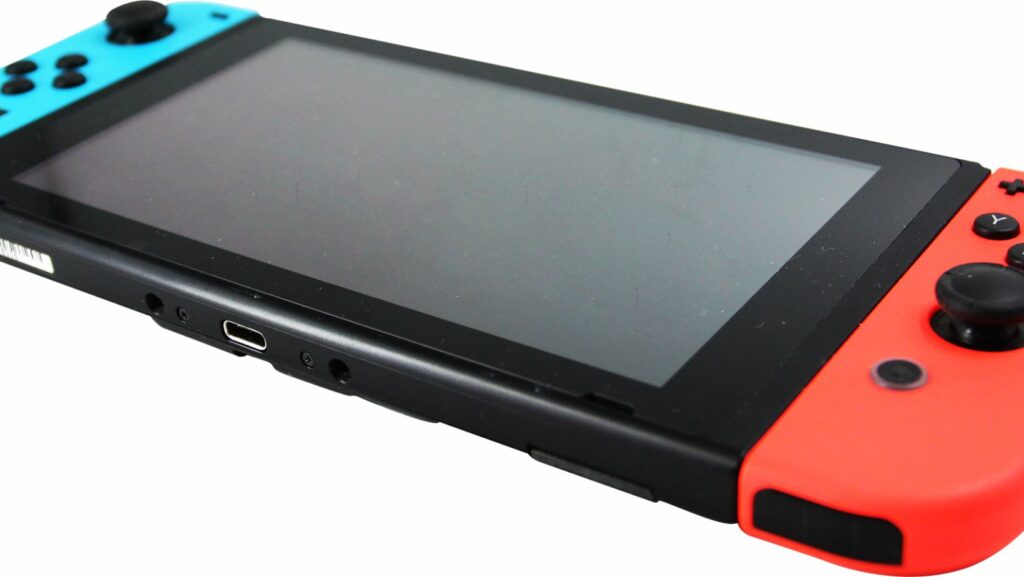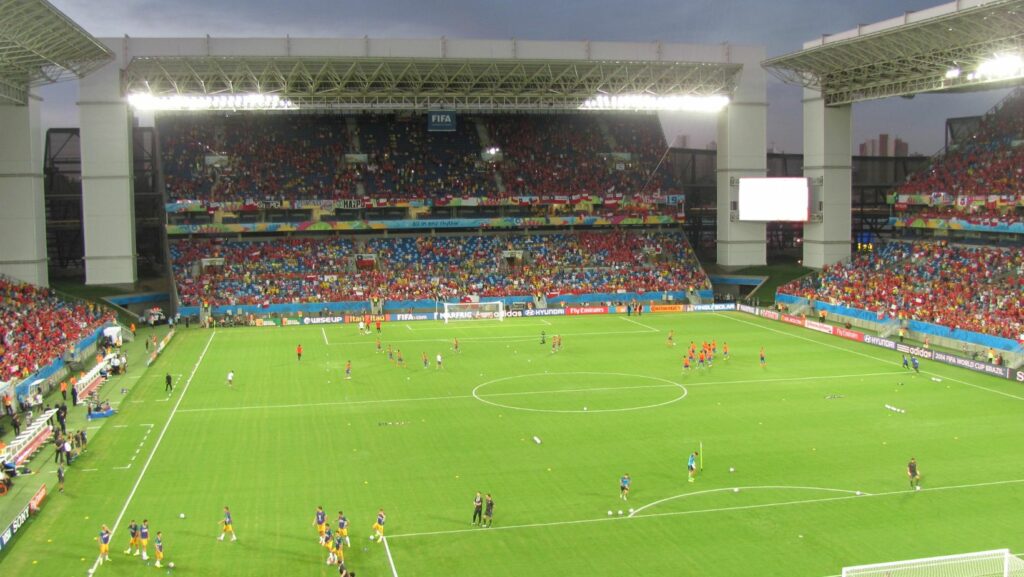Updates Guidelines Return Sports Spread

With the ever-evolving landscape of sports in the midst of a global pandemic, staying updated on guidelines for the safe return of sports is crucial. As leagues and organizations navigate the challenges of balancing competition with health protocols, understanding the latest updates is essential for players, fans, and stakeholders.
From social distancing measures to testing protocols, the guidelines for the return of sports have a direct impact on how games are played and experienced. Keeping abreast of these updates not only ensures the safety of everyone involved but also helps in shaping the future of sports in a post-pandemic world.
As the sporting world continues to adapt to the new normal, being informed about the latest guidelines for the return of sports is key to a successful and safe comeback for athletes and enthusiasts alike.
Overview of Sports Guidelines Update
The ongoing evolution of sports guidelines is crucial for ensuring a safe return to sports post-pandemic. These guidelines significantly influence the conduct and experience of sporting events, requiring all stakeholders to stay informed for a successful reentry into the sports world.
Key Changes in the Return to Sports Protocol
Stringent Testing Requirements
- Mandating frequent COVID-19 testing for all athletes and staff.
- Implementing strict protocols for isolation in case of positive test results.
Limited Spectator Capacity
- Enforcing reduced spectator capacity to ensure social distancing.
- Requiring online booking of tickets to control crowd numbers effectively.
Enhanced Sanitization Protocols
- Introducing rigorous cleaning routines for sports facilities and equipment.
- Emphasizing the use of hand sanitizers and disinfectants in high-touch areas.
Modified Training Procedures
- Implementing smaller training group sizes to minimize contact.
- Incorporating virtual training sessions to reduce in-person interactions.
Updated Injury Evaluation Protocols
- Revising injury assessment procedures to include COVID-19 symptom screening.
- Allowing medical staff equipped in full PPE to conduct evaluations for suspected cases.
Altered Travel Regulations
- Restricting team travel to essential personnel only.
- Emphasizing the use of private transport to minimize exposure risks.
Revised Competition Formats
- Introducing regionalized schedules to reduce long-distance travel.
- Allowing for flexibility in competition schedules to accommodate unforeseen circumstances.
- Following specific health regulations mandated by local authorities.
- Collaborating with health officials to ensure compliance with evolving safety measures.
Implementation Challenges and Solutions
Navigating the implementation of updated sports guidelines can pose certain challenges. Here are some common issues and their corresponding solutions:

- Testing Logistics: Coordinating frequent COVID-19 testing for athletes and staff can be logistically challenging.
- Solution: Implementing an efficient testing schedule with designated testing centers can streamline the process.
- Limited Spectator Capacity: Adhering to reduced spectator capacity can impact revenue and fan engagement.
- Solution: Utilizing virtual viewing options and exclusive online content can help maintain connectivity with fans.
- Enhanced Sanitization Protocols: Ensuring rigorous sanitization routines require additional resources and time.
- Solution: Investing in advanced sanitization technologies and training staff on proper cleaning procedures can enhance safety measures.
- Modified Training Procedures: Adapting training methods to comply with new protocols may require adjustments.
- Solution: Providing specialized training sessions and resources to athletes and coaches can facilitate smooth transitions.
- Updated Injury Evaluation Protocols: Implementing revised injury assessment procedures may require additional expertise.
- Solution: Collaborating with sports medicine professionals and incorporating updated protocols can improve injury evaluation accuracy.
- Altered Travel Regulations: Managing restricted team travel can pose logistical challenges.
- Solution: Organizing regional hubs for competitions and optimizing travel schedules can help minimize travel-related risks.
- Revised Competition Formats: Adjusting to new competition formats may impact team dynamics and performance.
- Solution: Conducting simulation drills and practice matches can help teams prepare for the revised competition structures.
By addressing these challenges proactively and implementing practical solutions, sports organizations can navigate the return to sports effectively while prioritizing the safety and well-being of all stakeholders.

Staying informed about the latest sports guidelines is crucial for a successful return to sports amidst the ongoing pandemic. By adapting to the updated protocols, sports organizations can ensure a safe environment for athletes, staff, and spectators. Implementing the necessary changes, such as rigorous testing, enhanced sanitization, and modified procedures, will be instrumental in navigating the challenges of resuming sports activities. Prioritizing safety and following the recommended guidelines are key to a smooth transition back to sports. With proactive measures in place, sports entities can confidently move forward and embrace the new norms in sports participation.



